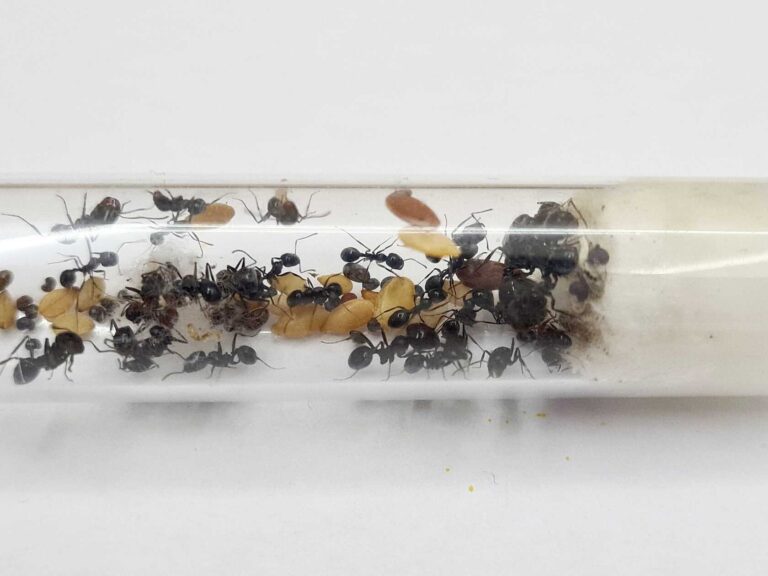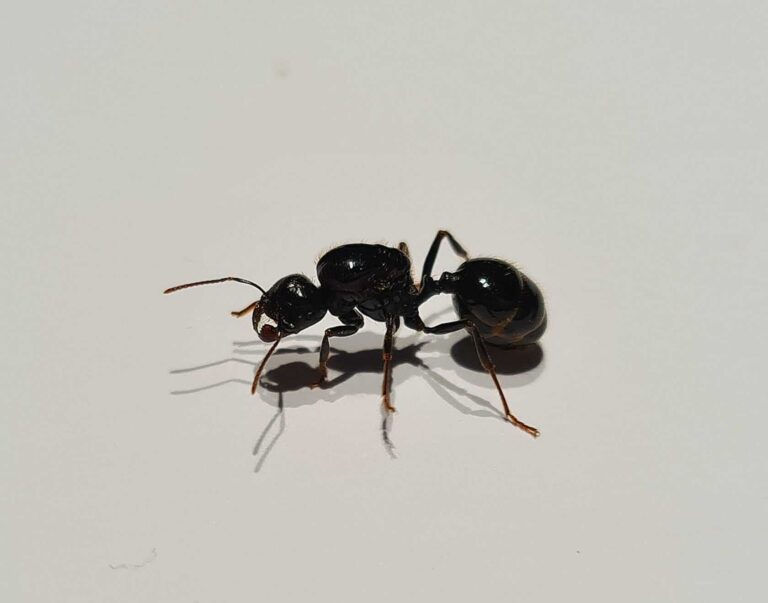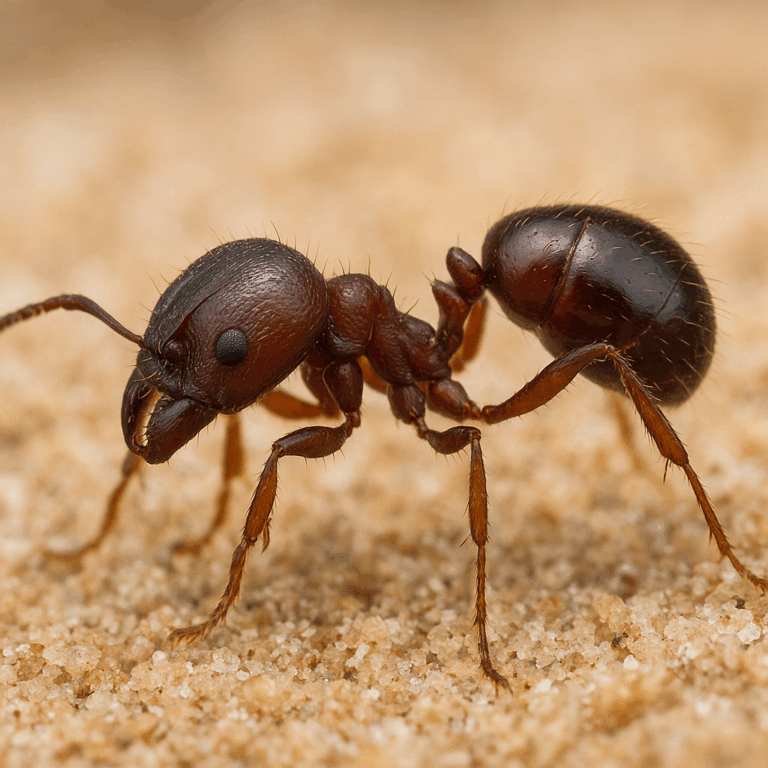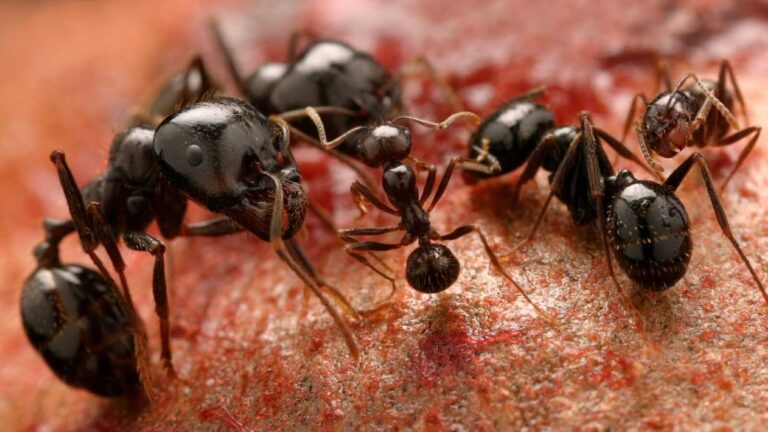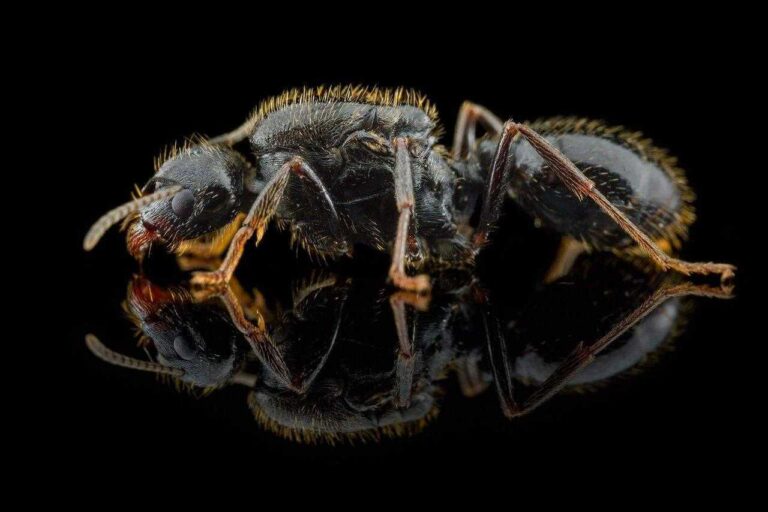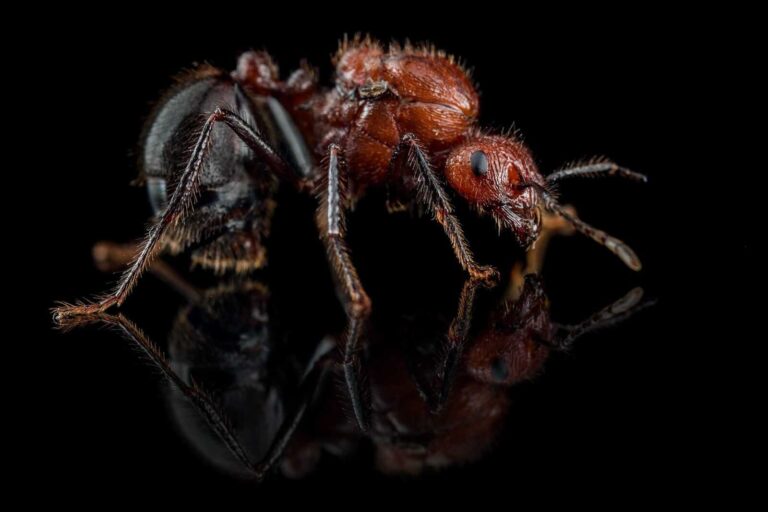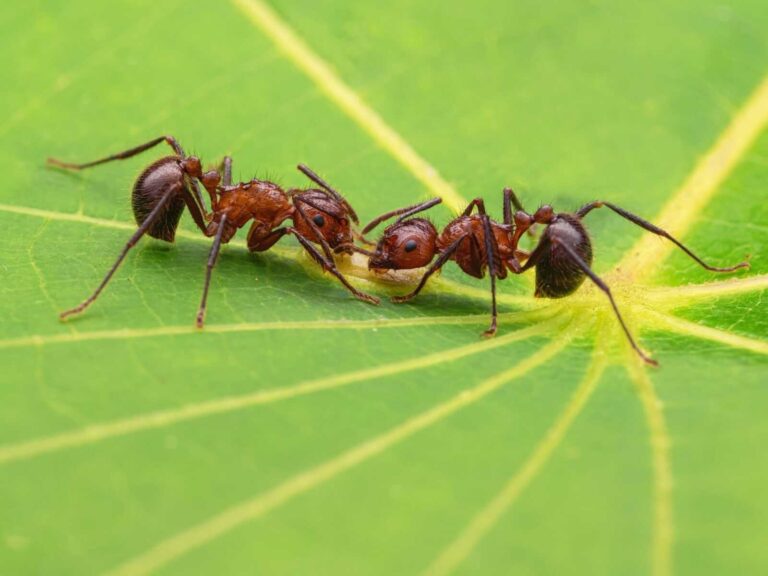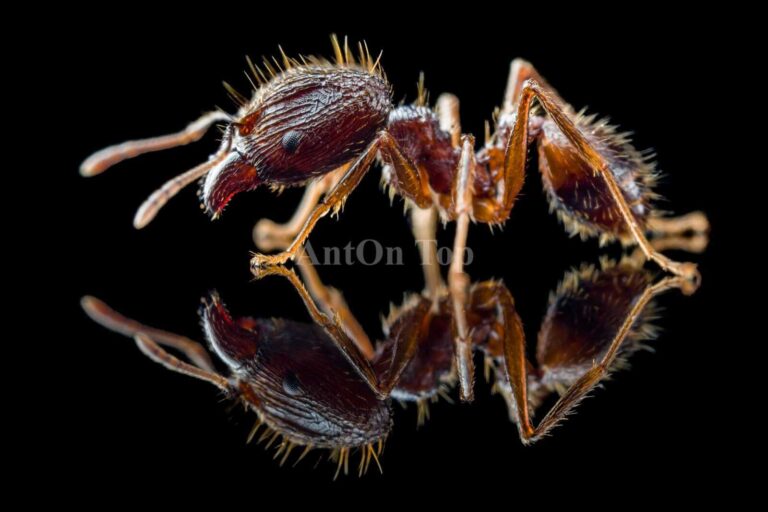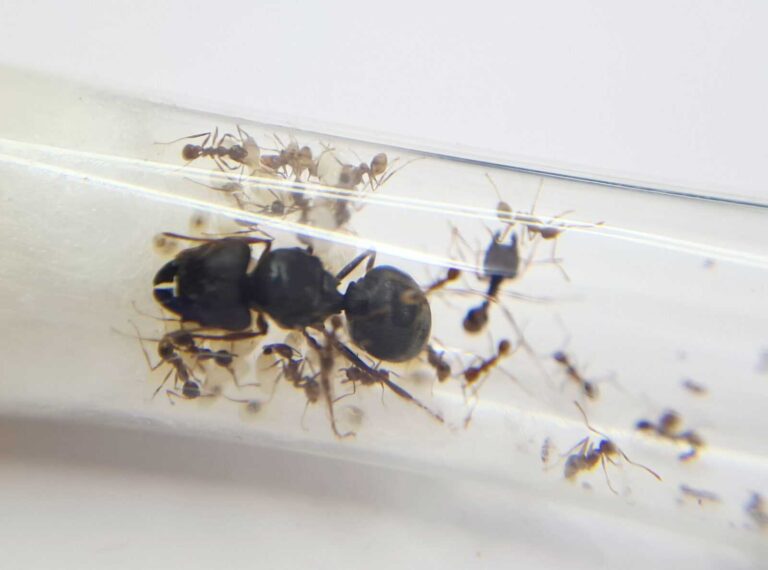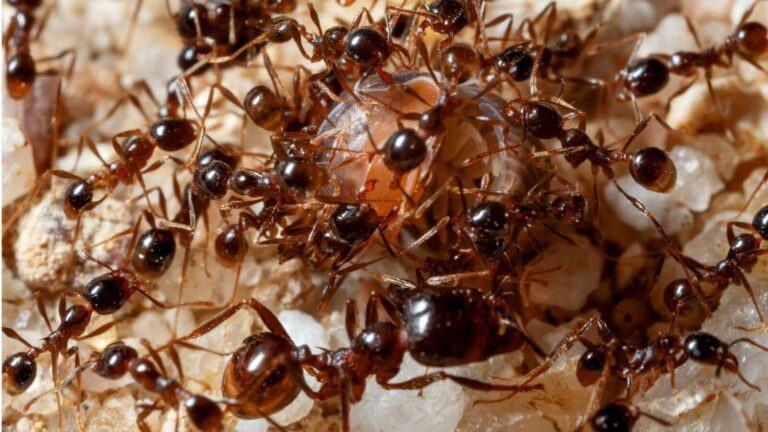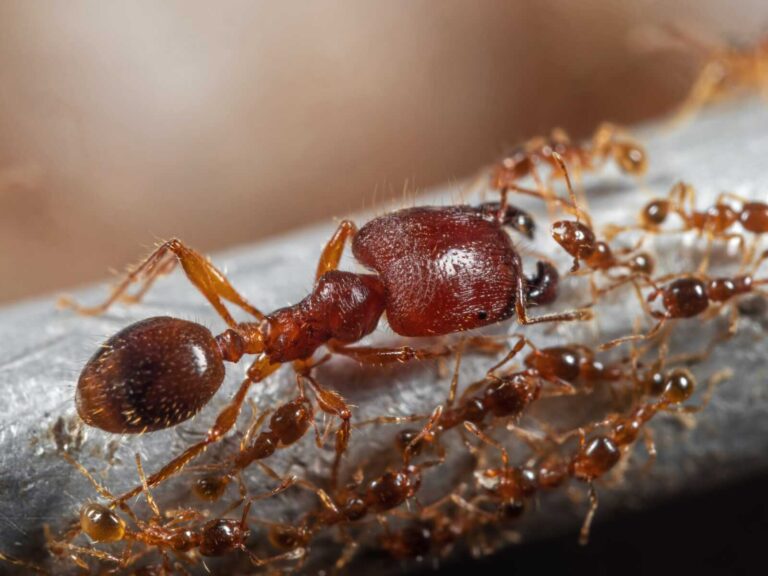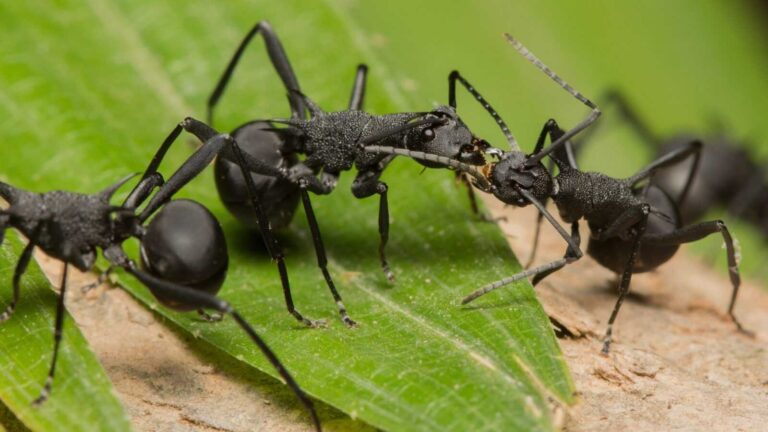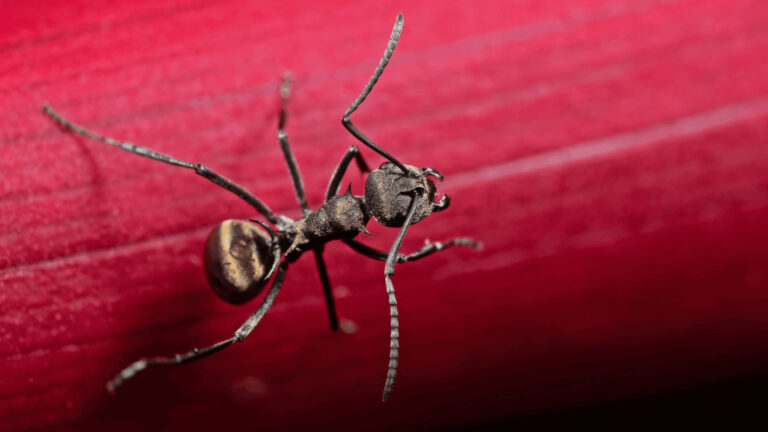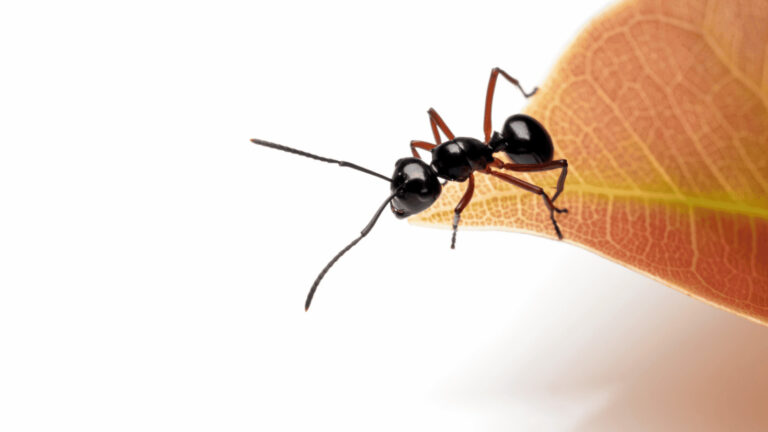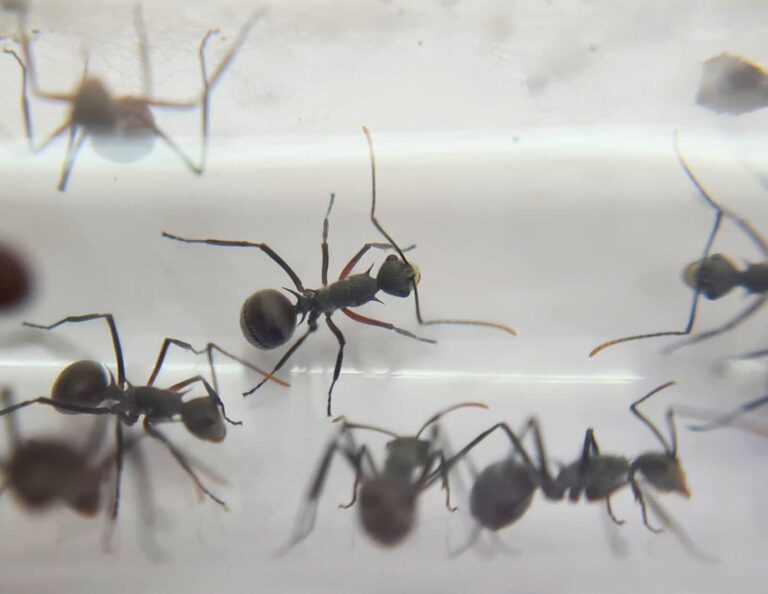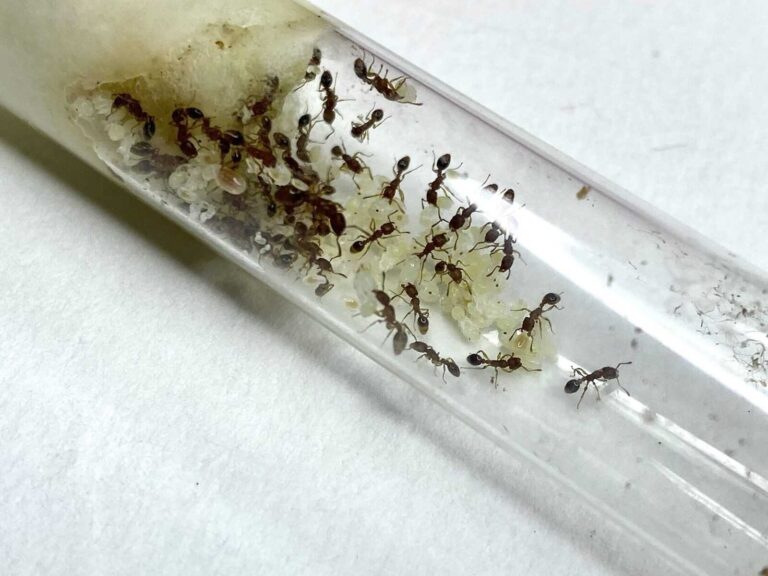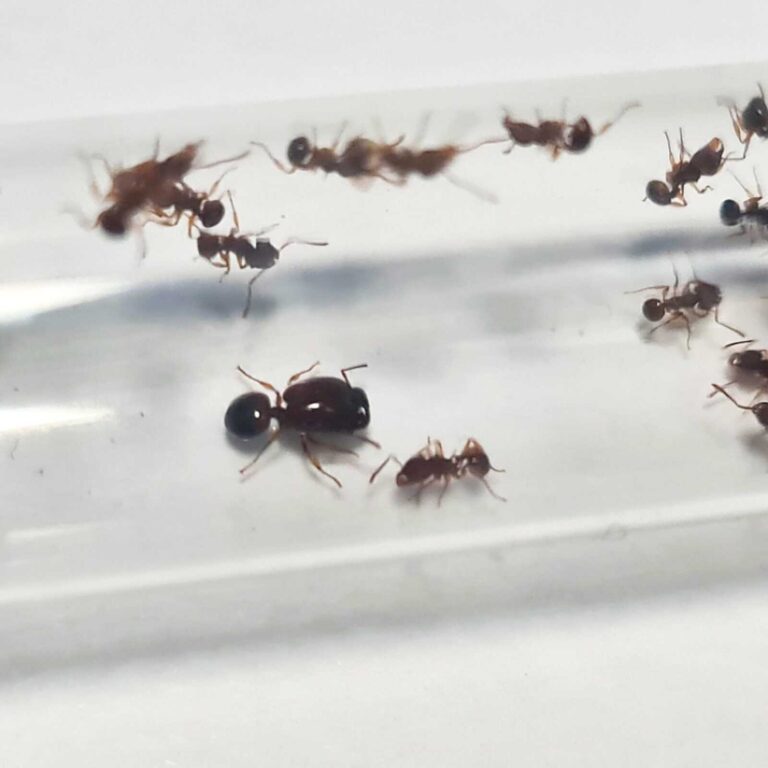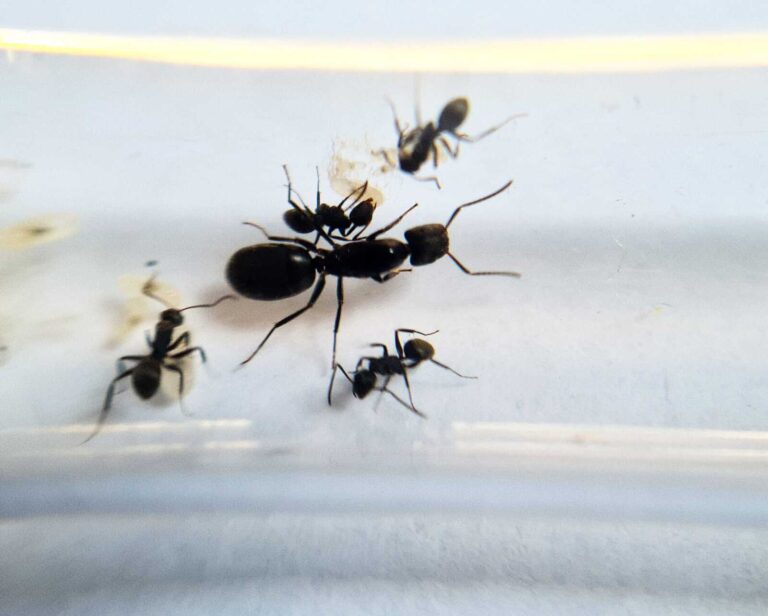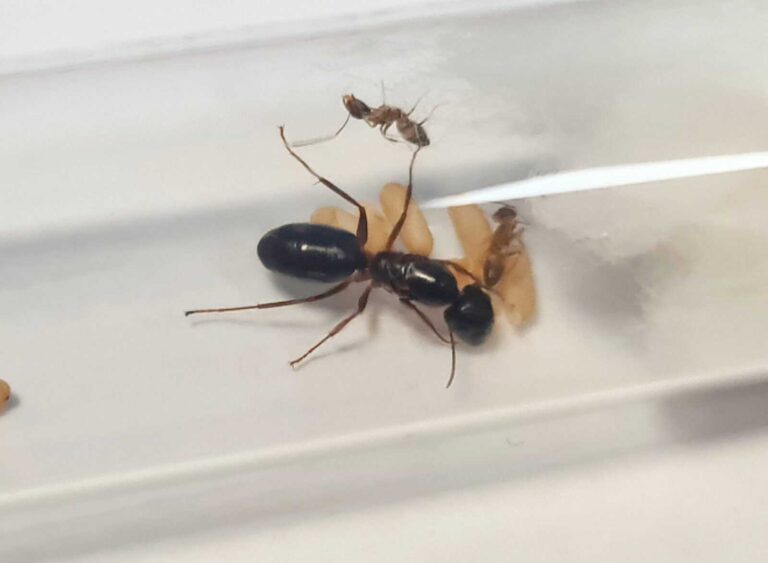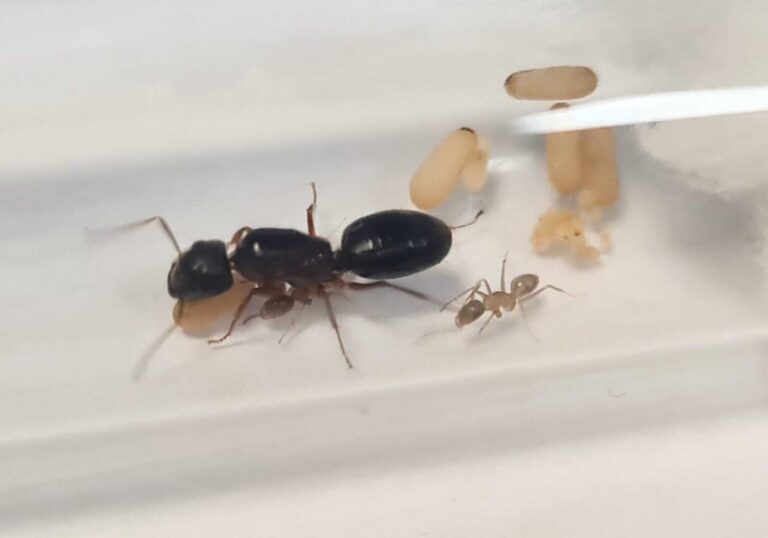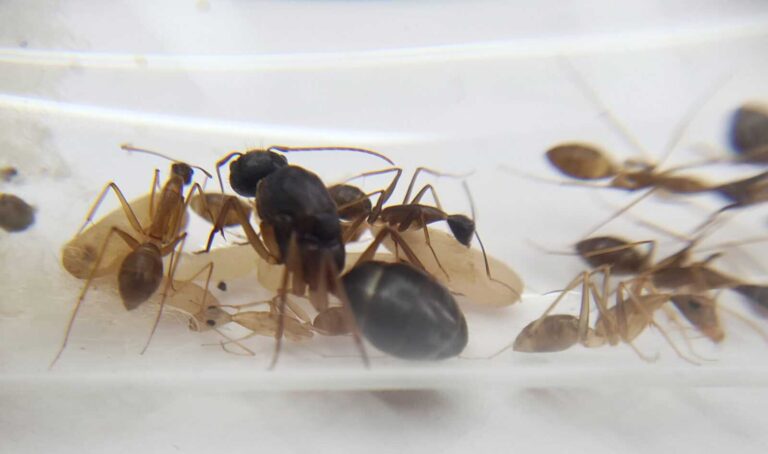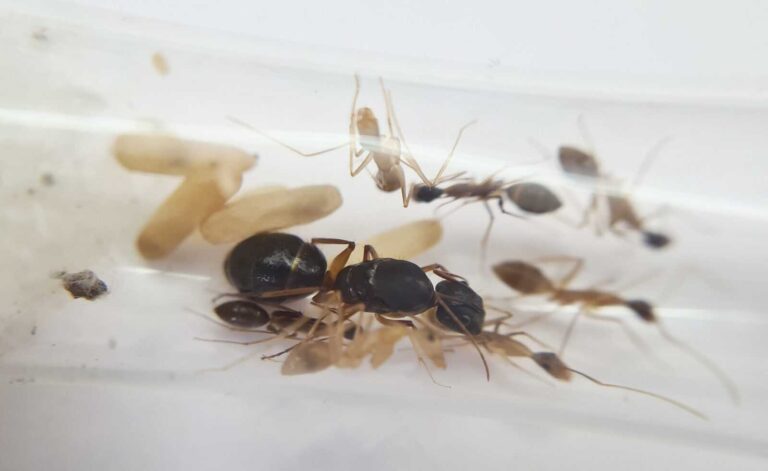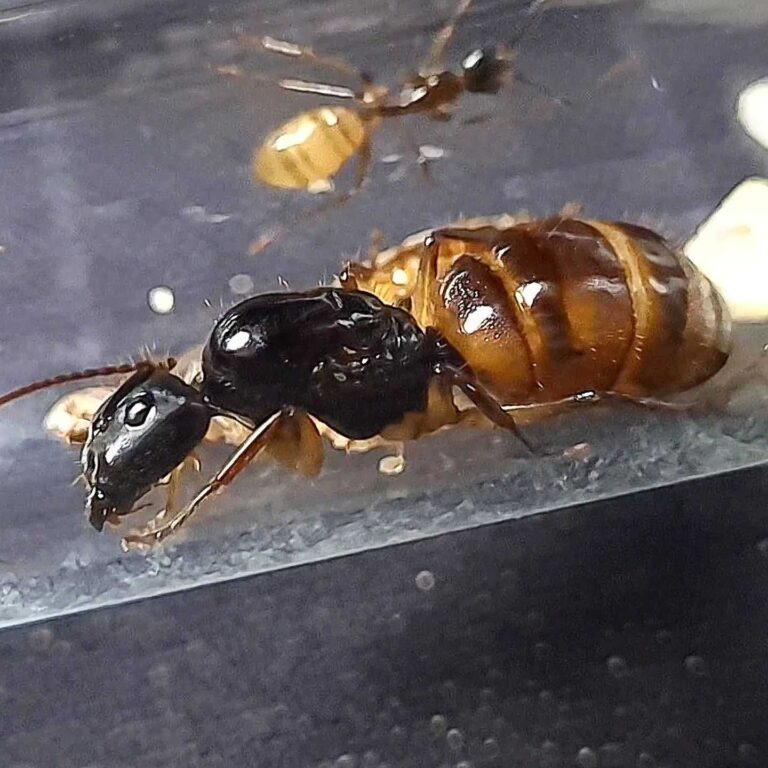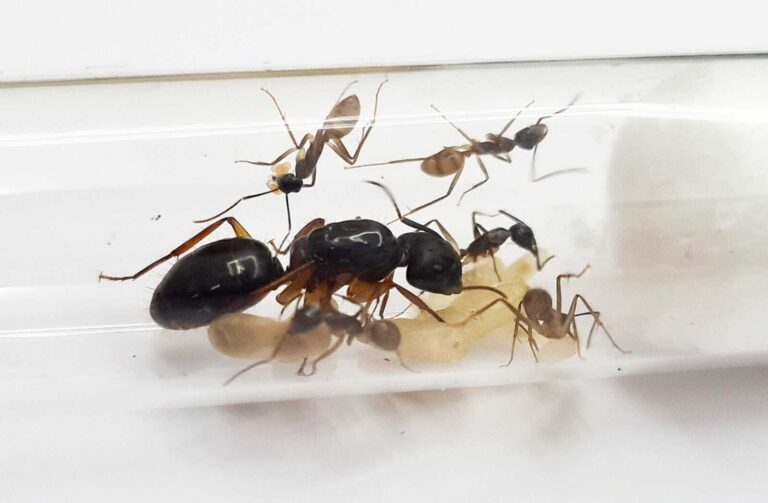Showing 21–40 of 121 results
- Queen 121
- Queen and 1-3 workers 119
- Queen and 4-10 workers 119
- Queen and 11-20 workers 119
- Queen and 21-40 workers 119
- Queen and 41-60 workers 118
- Queen and 61-100 workers 82
- Queen and 101-200 workers 14
- Queen and 201-500 workers 2
- 2 Queens 15
- 2 Queens and 1-3 workers 15
- 2 Queens and 4-10 workers 15
- 2 Queens and 11-20 workers 15
- 2 Queen and 21-40 workers 14
- 2 Queens and 41-60 workers 15
- 2 Queens and 61-100 workers 10
- 2 Queens and 101-200 workers 6
- 2 Queens and 201-500 workers 1
- 3 Queens 7
- 3 Queens and 1-3 workers 8
- 3 Queens and 4-10 workers 8
- 3 Queens and 11-20 workers 8
- 3 Queens and 21-40 workers 8
- 3 Queens and 41-60 workers 8
- 3 Queens and 61-100 workers 6
- 3 Queens and 101-200 workers 3
- 3 Queens and 201-500 workers 1
MicroMicro 3
SmallSmall 33
MediumMedium 59
LargeLarge 25
HugeHuge 1
The Messor bouvieri is a monogynous ant species with colony sizes of up to 10,000 workers. The ants have a medium development rate and come in sizes ranging from 4-13mm. They are glossy black in color and feed on food insects, fruits, vegetables, and seeds. They require humidity levels of 30-50% in the arena and 50-70% in the nest.
The Messor capitatus ant colony consists of approximately 5,000 ants and has a monogynous colony type. The ants have a medium development rate and come in various sizes, with the queen measuring 13-16mm, workers measuring 5-10mm, and majors measuring 12-16mm. They are black in color and feed on food insects, fruits, vegetables, and seeds. The ants thrive in a humidity level of 30-50% in the arena and 40-60% in the nest.
Messor desertus is a species of desert harvester ant from the genus Messor, adapted to arid environments. These ants specialize in collecting and storing seeds, which serve as their primary food source. Workers have strong mandibles for crushing hard seed shells, while queens are larger with an enlarged thorax, enabling flight during the mating season. Known for their organized social structure, they are highly efficient and resilient, thriving in extreme desert conditions.
Messor hebraeus is a species of ant with a monogynous colony type and a colony size of up to 5000 workers. The development rate is medium. The queen measures 11-14mm, workers 4-7mm, and majors 9-12mm. The ants have a black abdomen, body, and head stained orange. They consume food insects like cockroaches and crickets, as well as plant seeds. The recommended humidity for their arena is between 30-50%.
Messor ponticus is a polygynous ant species with a colony size of 5,000 workers. They have a medium development rate and range in size from 11-13mm for queens, 4-7mm for workers, and 7-10mm for majors. Their color is brown to brownish red, and they feed on insects, fruits, vegetables, and seeds. The recommended humidity levels are 30-50% in the arena and 70-90% in the nest.
Messor structor is a polygynous ant species with a medium development rate. The colony size can reach up to 5,000 workers. The ants are dark reddish brown in color and the queen measures 10-12mm, while workers range from 4-7mm and majors range from 7-10mm. Their diet consists of food insects and seeds. They require a humidity level of 30-50% in the arena and 70-90% in the nest. The temperature should be maintained at an appropriate level.
Myrmicaria brunnea is a monogynous ant species with colonies of up to 10,000 workers. They have a medium development rate. The queen measures 12-16 mm in size, while workers range from 5-9 mm. They have reddish bodies with black abdomens. They feed on food insects, syrup, fruit, vegetables, jelly, and cooked chicken without salt.
The Pheidole nodus ant colony is polygynous and can have up to 10,000 workers. They develop quickly and have a queen size of 7-9 mm, worker size of 3-4.5 mm, and majors size of 4-7 mm. They are dark brown with a reddish shade in the light. They are fed food insects, syrup, and fruits.
Pheidole sinica is a monogynous ant species with colony sizes of up to 10,000 workers. They have a fast development speed. The queen is 14-17mm in size, while workers range from 3.5-5mm and majors measure 7-9mm. They have a reddish brown color with a dark back, while the queen is darker. Their nutrition consists of food insects, syrup, fruit, vegetables, jelly, and cooked chic.
Pheidole yeensis is a polygynous ant colony with a fast development speed and a colony size of up to 20,000 workers. The queen is 7-9 mm in size, while workers range between 3-4.5 mm and majors can be 4-7.5 mm. The ants have a chestnut color with varying intensity. They are fed a diet consisting of insect food, syrup, fruit, vegetables, jelly, and cooked chicken.
Polyrhachis armata is a monogynous ant species with a colony size of up to 10,000 workers. These ants grow fast and have a queen size of 13-17mm and worker size of 8-12mm. They have a black color and their nutrition includes food insects, syrup, fruits, vegetables, jelly, and cooked chicken without salt. They require a humid environment.
Polyrhachis dives is a polygynous ant species with colony sizes of up to 10,000 workers. They have a fast development speed and the queen measures 9-12mm while workers are 6-9mm in size. They are gray in color with golden hairs on the abdomen. Their diet consists of food insects, syrup, fruit, vegetables, jelly, and cooked chicken without salt.
Polyrhachis laevissima is a polygynous ant species with colony sizes of up to 5000 individuals. They have a fast development speed and come in various sizes, with queens measuring 8-11mm and workers measuring 4-7mm. They have a glossy black color and their diet consists of food insects, syrup, fruits, vegetables, jelly, and cooked chicken without salt.
Polyrhachis muelleri is a polygynous ant species with colonies of up to 10,000 workers. They have a fast development speed and range in size from 7-12mm. These ants have gray-skinned bodies with a dark red abdomen. They require a diet of food insects, syrup, fruit, vegetables, jelly, and cooked chicken without salt.
The Tetramorium bicarinatum is a polygynous ant species with a colony size of up to 50,000 workers. They have a fast development rate and are around 4.2-4.6mm in size for the queen and 3-4mm for the workers. They have a reddish-brown color with variations in shades. They feed on food insects like cockroaches and crickets, as well as syrup made from water and honey.
Acanthomyrmex mizunoi is a polygynous ant species with colonies that can contain up to 1000 workers. The development rate of this species is medium. The ants vary in size, with the queen measuring 4-6 mm, workers 3-4 mm, and majors 5-8 mm. They have a brown-red coloration. Their diet consists of food insects, syrup, fruits, vegetables, jelly, and cooked chicken without salt.
Camponotus abscisus is a species of ant with a monogynous colony type and a fast development speed. The queen measures 9-11mm, workers range from 3.5-5.5mm, and majors are 5-6.5mm in size. They have a black-brown coloration and their nutrition consists of insect food, syrup, fruits, vegetables, jelly, and cooked chicken without salt.
Camponotus albosparsus is a monogynous ant species with colony size up to 1000 workers. They have a fast development speed. The queen measures 12-13mm while workers are 4-6mm and majors are 8-10mm. Their color is a combination of brown legs and a yellowish brown chest. They consume food insects, syrup, fruits, vegetables, and jelly.
Camponotus arrogans is an impressive ant species known for its large size and moderate behavior. This comprehensive guide provides all the necessary information for successfully caring for these unique ants, perfect for ant enthusiasts looking to add them to their collection.
Camponotus atriceps is a monogynous ant species with colony sizes of up to 5000 workers. They have a fast development speed. The queen is 16-18mm in size, while workers range from 6-9mm and majors from 9-12mm. They have a brown head and back, yellow abdomen with brown stripes, and the queen is dark brown. Their nutrition consists of food insects and syrup.


